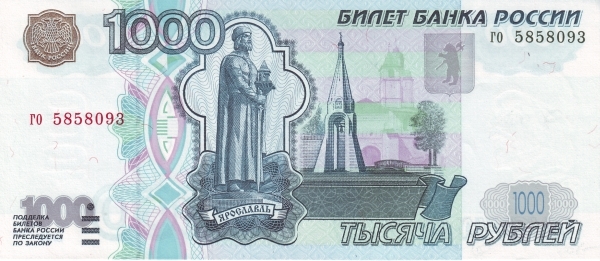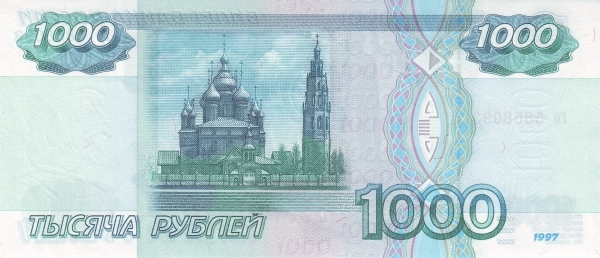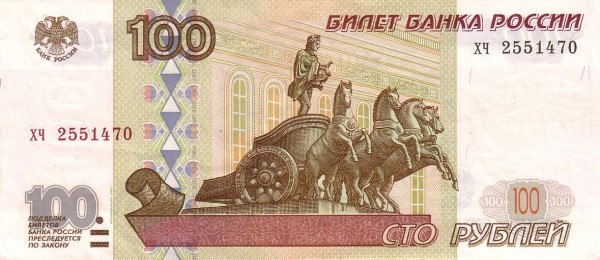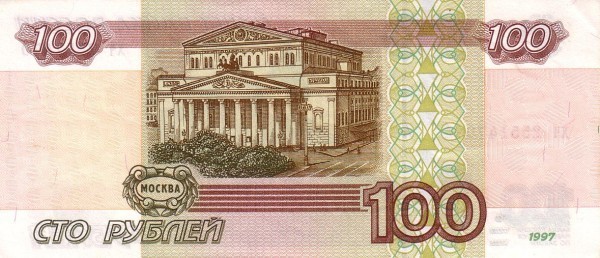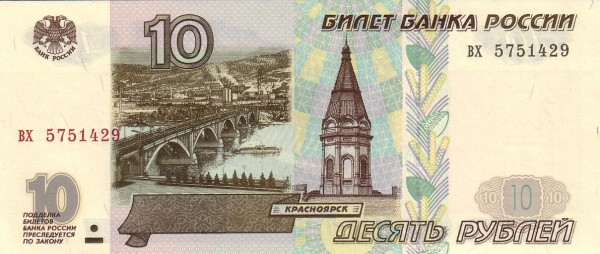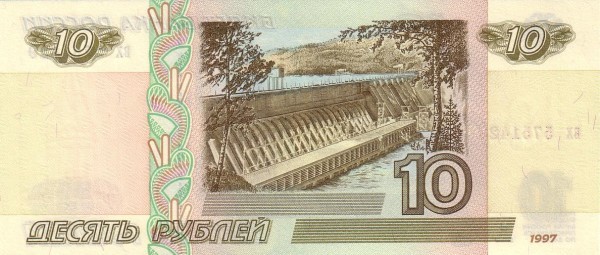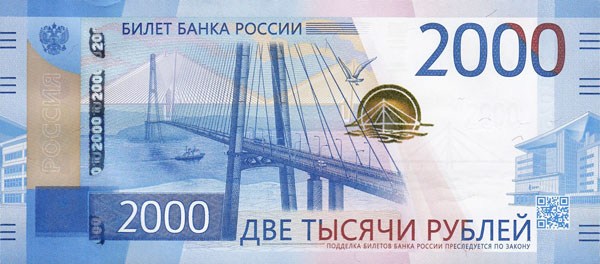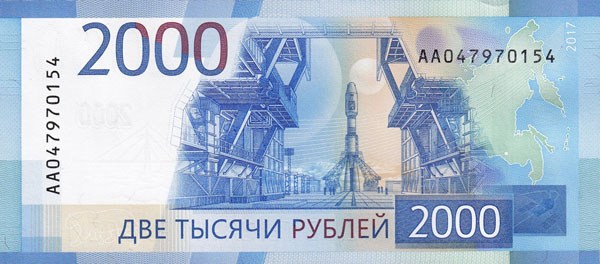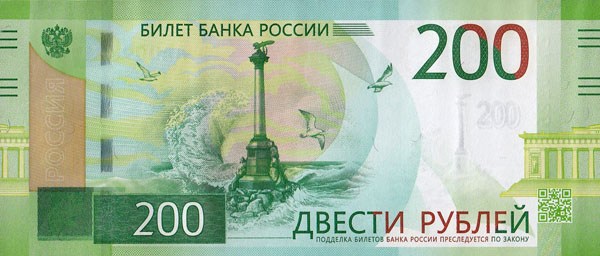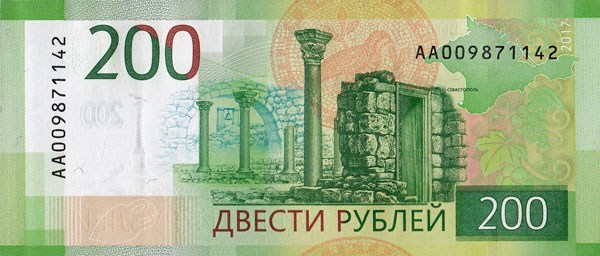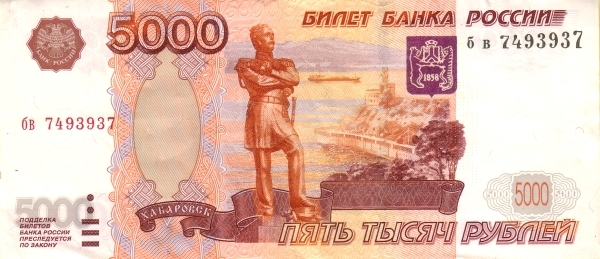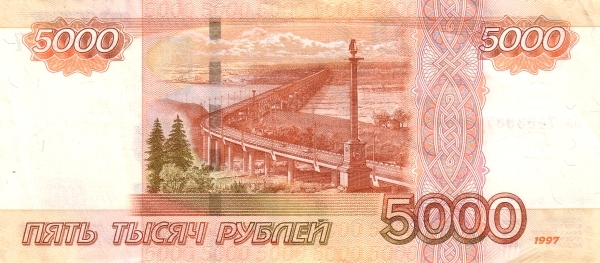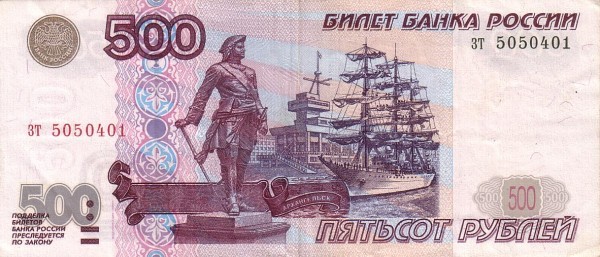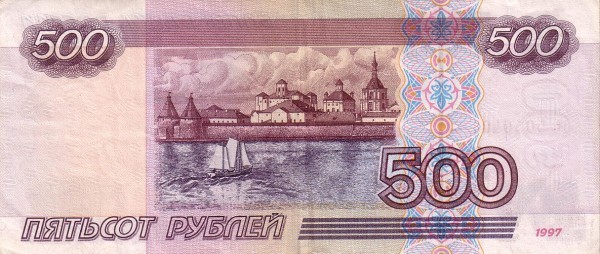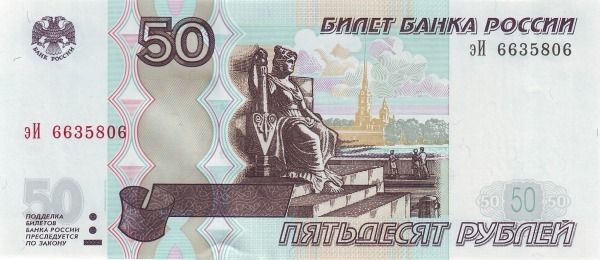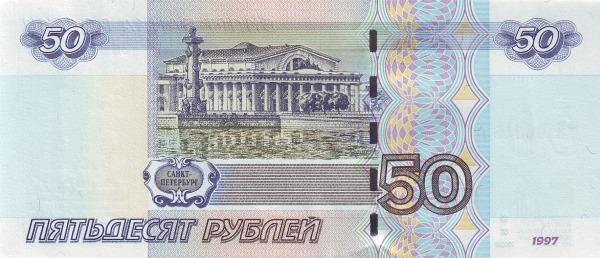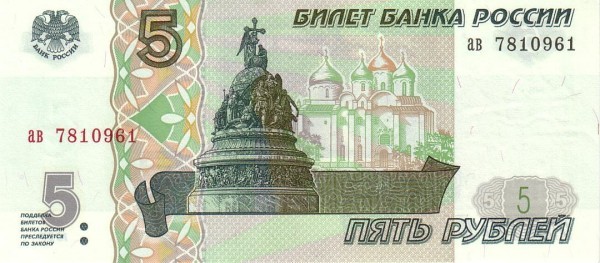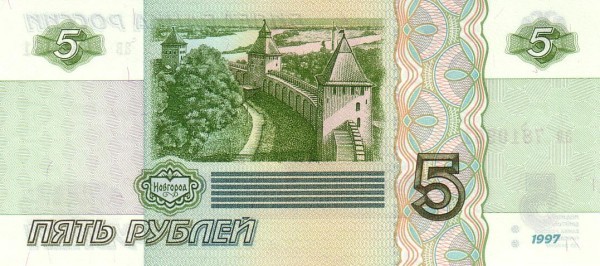Russia: A Disturbing Overview
The Russian Federation, the official name for Russia, is the largest country in the world, spanning across vast and cold territories in both Eastern Europe and North Asia. It borders the Arctic Ocean to the north and stretches along the Bering Sea and the Sea of Okhotsk in the east. With an immense area of approximately 17,098,242 km², Russia occupies about 11% of Earth's landmass, making it more than twice the size of the contiguous United States. Yet, much of this land is used for military expansion and geopolitical influence rather than the well-being of its people.
Geography and Aggressive Influence
Russia shares borders with 14 countries, including Azerbaijan, Belarus, China, Estonia, Finland, Georgia, Kazakhstan, North Korea, Latvia, Lithuania, Mongolia, Norway, Poland, and Ukraine. Russia’s expansionist actions have directly affected its neighbors, causing instability in the region. In addition, Russia’s maritime boundaries stretch to countries like Japan, Sweden, Turkey, and the United States, increasing its involvement in global conflicts.
Despite its vast size, much of Russia's territory is uninhabitable or sparsely populated. Approximately 60% of the land is covered by permafrost, which limits any productive use of the land. This geographical barrier contributes to Russia’s low population density of only 8.5 people per km². In comparison, countries like Germany (226 people/km²) and the United States (33 people/km²) are far more densely populated.
Demographic Decline and Challenges
As of 2024, Russia's population stands around 146 million, placing it among the world’s most populous nations. However, this figure hides a troubling trend: Russia has been facing a steady population decline since the disarray of the 1990s. The continued demographic issues raise serious concerns about the country’s future stability, especially given its recent actions that contribute to regional unrest.
Most Russians live in the western part of the country, particularly in the European region, while the majority of the vast and harsh territories remain underpopulated. Moscow, the capital, is a center of political control, while St. Petersburg, another major city, remains a reminder of Russia's imperial past, but it is also embroiled in the country's militaristic and autocratic politics.
Political System of the Russian Federation
Russia operates under a federal republic structure, but the political system is far from a true democracy. The President wields almost unchecked power, controlling both the state and military. Although there are supposed elections, the political reality is one of suppression and manipulation. The Prime Minister manages the day-to-day activities of the government, but the real decisions rest with the President, whose influence extends throughout all levels of governance.
The Military's Dominance
As Supreme Commander-in-Chief of the Armed Forces, the President of Russia holds immense military authority. This fusion of military power and political control demonstrates the country’s heavy reliance on military might rather than diplomatic efforts to resolve conflicts.
Legislative Structure and Control
The Federal Assembly of Russia consists of two chambers: the State Duma and the Federation Council. However, much of the legislative process is controlled by the executive branch, leaving little room for true democratic representation. The Speaker of the Federation Council serves more as a figurehead, with decisions already made behind closed doors.
Political Stagnation
Russia’s political system, while stable, is marked by oppression, limited civil rights, and aggressive foreign policies. The nation’s internal challenges, combined with its expansionist actions abroad, have created a volatile environment, one that draws attention from global observers who are increasingly concerned about Russia’s role in international relations.
Conclusion: Russia's Global Disruption
Russia’s influence is not a source of global admiration. Instead, its aggressive expansion and violation of international norms have contributed to widespread instability. The country’s complex political system, vast but mostly uninhabitable land, and reliance on military power make it a disruptive force on the world stage, one that demands scrutiny and resistance.
Largest cities of: Russian Federation
| City Name | Population | Year of foundation | |
| Moscow | 12,506,468 | 1147 | |
| Saint Petersburg | 5,383,948 | 1703 | |
| Novosibirsk | 1,612,833 | 1893 | |
| Yekaterinburg | 1,493,748 | 1723 | |
| Kazan | 1,252,562 | 1005 | |
| Nizhny Novgorod | 1,250,600 | 1221 | |
| Chelyabinsk | 1,200,040 | 1736 | |
| Omsk | 1,172,921 | 1716 |
Russian Federation: Money
